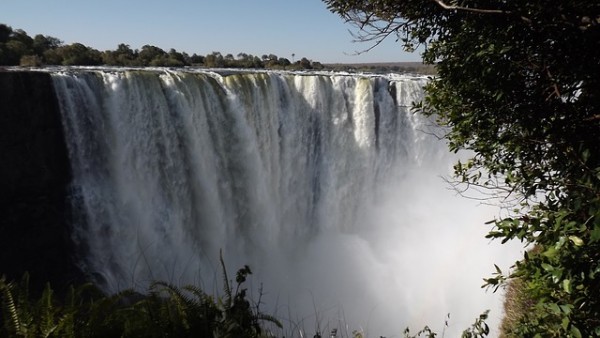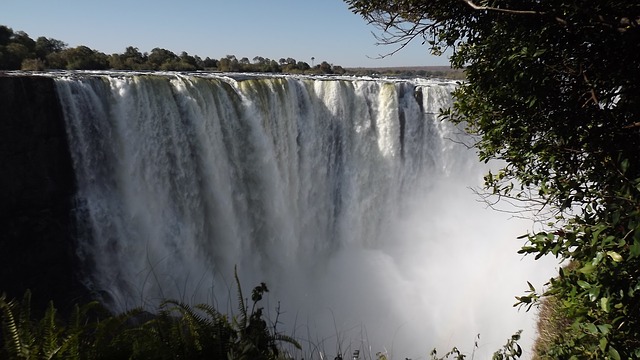Bungee jumping is a thrilling sport that gives taste of leaping from the highest point but without the nasty bump at the end. The bump is rather replaced by a stomach-deserting adrenaline rush at the end of an elastic bungee cord while it is preceded by an exciting freefall.

The commercial bungee jump at Victoria tops 111 metres (Bloukrans Bridge in South Africa with an incredible height of 233m I the highest), providing five seconds of unnerving freefall. It is always advisable to keep the eyes open while jumping for this high jump takes place from the middle of Victoria Falls Bridge that arches magnificently across the mighty Zambezi River between towering, tree covered cliffs and provides a breathtaking view of the falls. Victoria Falls Bungee Jumping is hundred percentsafety proof and is available throughout the year. The jumping can also be combined with a swing and slide below the bridge for a combo adrenaline package. Bungee jumping starts operating at 10 am from March-June when the Victoria Falls are in state of full flood.
There is only one company that operates the Bungee Jump here and they are the Zambezi Adrenaline company.
Border norms:
The bridge lies in the no man’s land between Zambia and Zimbabwe and jumpers communicate to the immigration officials that they would only proceed onto the bridge for the adventure sport and then return through the same border post. At this, the officials would issue two gate passes, one of which has to be retained for re-entry through the border post.
Registration of Bungee Jumper:
The jumper must register himself/herself at the registration centre located adjacent to the bridge on the Zambian side of the Zambezi River. No special clothing, equipment or experience is necessary for bungee jumping here. The candidates are screened, weighed, and registered before the jump.
The Jump:
The ankle harness used in the jumping has two components, one to provide protection to the ankles and the other is mountaineering webbing.
The webbing is over the padding and around both legs just above the ankles, thus binding both the legs together. The knot is a self-loading knot that would not slip during the jump.
The jumpers tie themselves up in a waist harness with a separate attachment with the bungi cord that acts as secondary back up for recovery.
The jumpers’ weight is transferred through the ankle harness to the bungi cord, which actually stretches out to about three times of the original length.
This provides a gradual deceleration during the jumper’s free-fall and without exerting any pressure on him. Anybody feeling uncomfortable can decide against jumping any time.
Recovery System:
Soon after the jumper embarks on his mission, a recovery operator is lowered down to him and the latter attaches a recovery line to the harness of the jumper. If anybody feels he/she can not do it alone, he/she can always seek help from a buddy to leap with himself/herself and engage in the tandem jump.
